Description
For 20,000 years the remains of millions of woolly mammoths remained locked in permafrost in Siberia and elsewhere—until recently. Warming temperatures have melted this icy layer, bringing their valuable ivory teeth within grasp and leading to a burgeoning trade.
For several years conservationists have said this trade is hurting mammoths’ modern-day relatives: African elephants, which face a poaching crisis. The international trade in elephant ivory has been banned since 1990, but smugglers try to get away with selling elephant ivory by claiming it’s legal mammoth ivory, which looks nearly identical to the untrained eye.
Now in hopes of solving the problem, Israel wants to make it tougher to trade in mammoth ivory. It’s proposed a measure that will be voted on at the meeting next month in South Africa of the Convention on International Trade in Endangered Species of Wild Fauna and Flora (CITES), the treaty that regulates wildlife trade across borders.
“The gist of the Israel document is to make sure intentional mislabeling doesn’t happen so that the mammoth ivory trade doesn’t contribute to laundering illicit ivory,” says Iris Ho, wildlife program manager at Humane Society International.
Nearly 90 percent of mammoth ivory exported out of Siberia—estimated at about 60 tons a year—ends up in China, which is also the main destination for illegal elephant ivory. Poachers kill some 30,000 elephants a year for their tusks, many of which get carved into pricey art and trinkets, just like mammoth ivory. (Also see “U.S.-China Deal to Ban Ivory Trade Is Good News for Elephants”)
Most ivory from woolly mammoths ends up in China, where it’s carved into trinkets and art.
Photograph by Robert Alexander, Getty Images
At first the hope was that mammoth ivory would act as a substitute for illegal elephant ivory, helping to ease the pressure on the African animals. It’s unclear whether this happened; Asian demand for elephant ivory never slowed.
To get around the elephant ivory ban, traders sometimes mix the two ivories together, Ho says. Or they’ll simply fudge the paperwork, as one Thai vendor did about a decade ago when he exported a Chinese-carved elephant tusk to the United States, according to a paper by TRAFFIC, the body that monitors the wildlife trade. He labeled the shipment as mammoth ivory.
Sellers in Beijing also sometimes try to pass off mammoth ivory as elephant ivory in the store, says Lucy Vigne, an ivory trade researcher and co-author of a 2014 report commissioned by the nonprofit group Save the Elephants. “They can pretend it’s mammoth ivory if they’re pushed,” she explains.
Although well-preserved mammoth ivory looks a lot like ivory from African elephants, it’s possible to tell the two apart by certain distinguishing features, such as patterns known as Schreger lines, but it gets trickier with smaller trinkets. “A foolproof, instant, inexpensive testing system to tell the two ivories apart that will not damage the item has yet to be devised,” according to the Save the Elephants report.
Israel’s resolution urges countries to better scrutinize the mammoth ivory trade, punish traders who try to pass off the illegal stuff as mammoth ivory, and consider banning residents from selling mammoth ivory within the nation’s borders. India already won’t let mammoth ivory into the country, and four U.S. states—New Jersey, New York, California, and Hawaii—banned sales of it, along with elephant ivory.
There’s another problem with the mammoth ivory trade that no one anticipated: It’s frustrated scientists hoping to glean valuable insights from the big teeth.








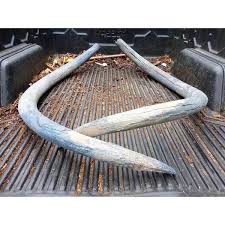
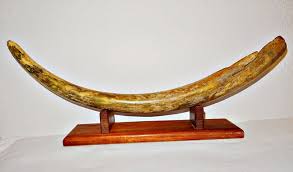
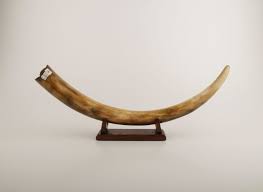
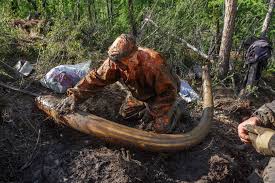
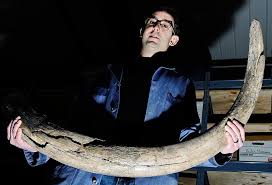





Report abuse